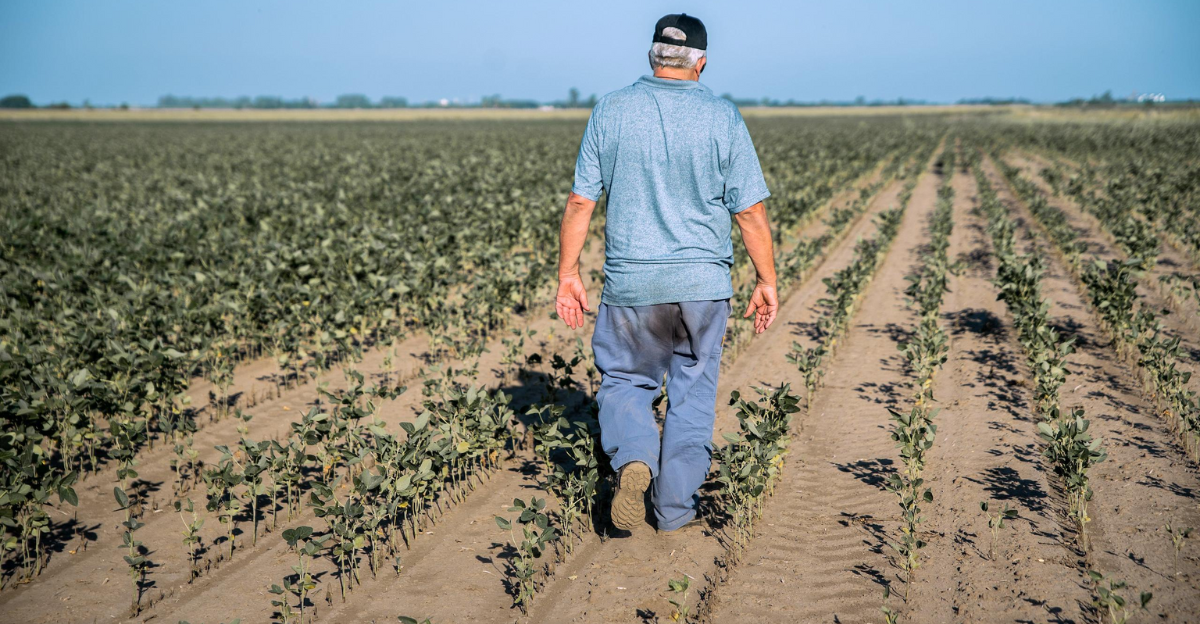
The United States, a veteran ag giant of the global arena, is experiencing an unprecedented crisis: 88% of its soybean exports have disappeared overnight. Soybeans, a centerpiece of rural economies and the international food chain, are drying up from global markets mainly due to trade disruptions and geopolitical tension.
This collapse is more than just a number; it endangers tens of millions of farming livelihoods, further threatens rural economies, and signals an upcoming crisis in food security domestically and abroad. Understanding the cascading impact of this export collapse is critical because when the soybeans disappear, the effect ripples far beyond the farm.
The China Factor

China, the biggest US soybean buyer, has sharply reduced purchases because of continued trade tensions, tariffs, and a strategic shift toward Brazil, which now exports 70% of China’s soybeans tariff-free. Even a recent reduction in tariffs from 145% to 10% is still too high for US soybeans to compete.
Without an urgent trade agreement, US soybean shipments would be reduced by 20%, and farm gate prices would fall from $10.25 to a low of $9.10 per bushel. The clock is running out, and the US may never regain its market share leadership.
The Ripple Effect of Soybeans On Corn and Wheat Markets
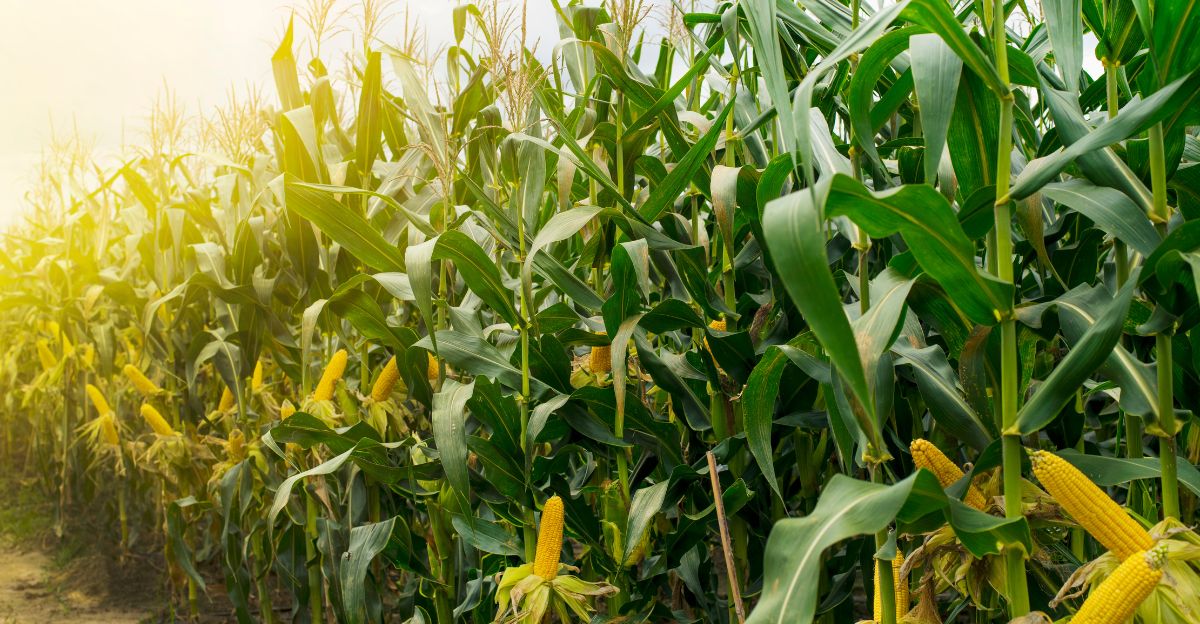
The soybean crisis is just the start. Corn exports will fall 13%, and wheat faces fierce global competition from Australia, Russia, and Eastern Europe. This market cannibalization exporters chopping prices into one another, reimburses American farmers for avoiding the international market.
The ultimate result is a general farm decline, declining commodity prices, bankruptcies, and shuttered rural shops. A strain in America’s farm backbone threatens food supply lines and rural economies as well.
The Hidden Depth of Rural Economic Collapse Beyond The Farms
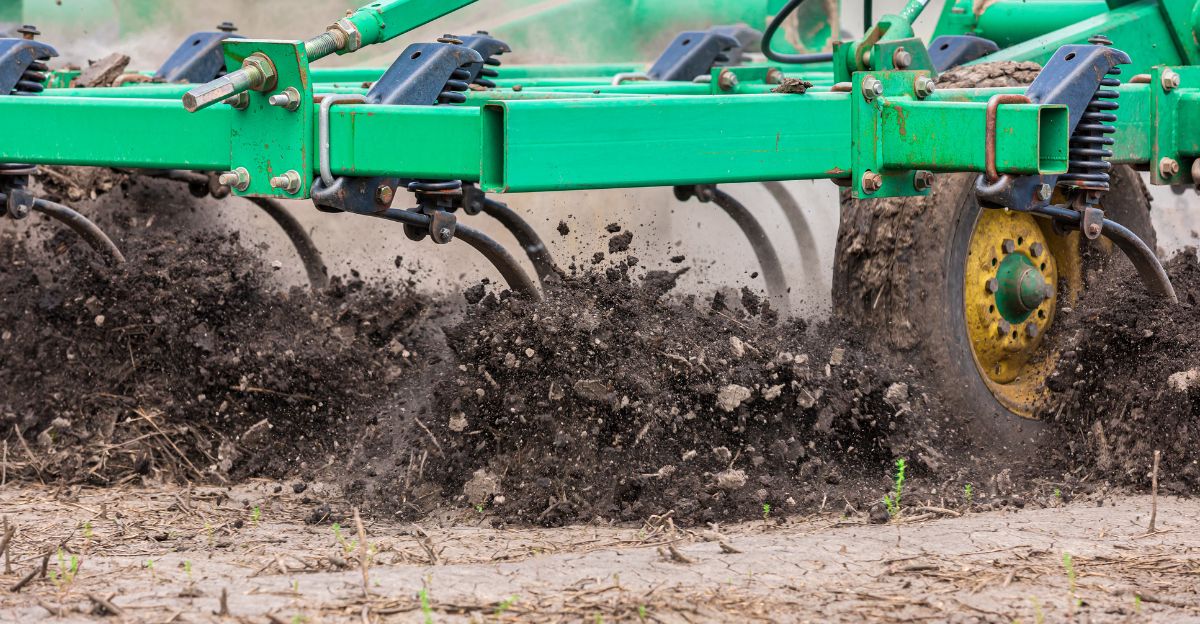
When exports falter, the impact has ripple effects far from the fields. Plant equipment manufacturers, haulers, town shops, and farm communities are all hurt. Farm bankruptcies accumulate. Job losses are enormous, and small-town economies are finished.
The farm crisis is an economic national crisis pretending to be a trade issue. Standing alone, soybean export losses threaten billions in rural wages, reversing decades of financial stability in America’s heartland.
Unseen Layers of Risk In The Energy and Environmental Equation
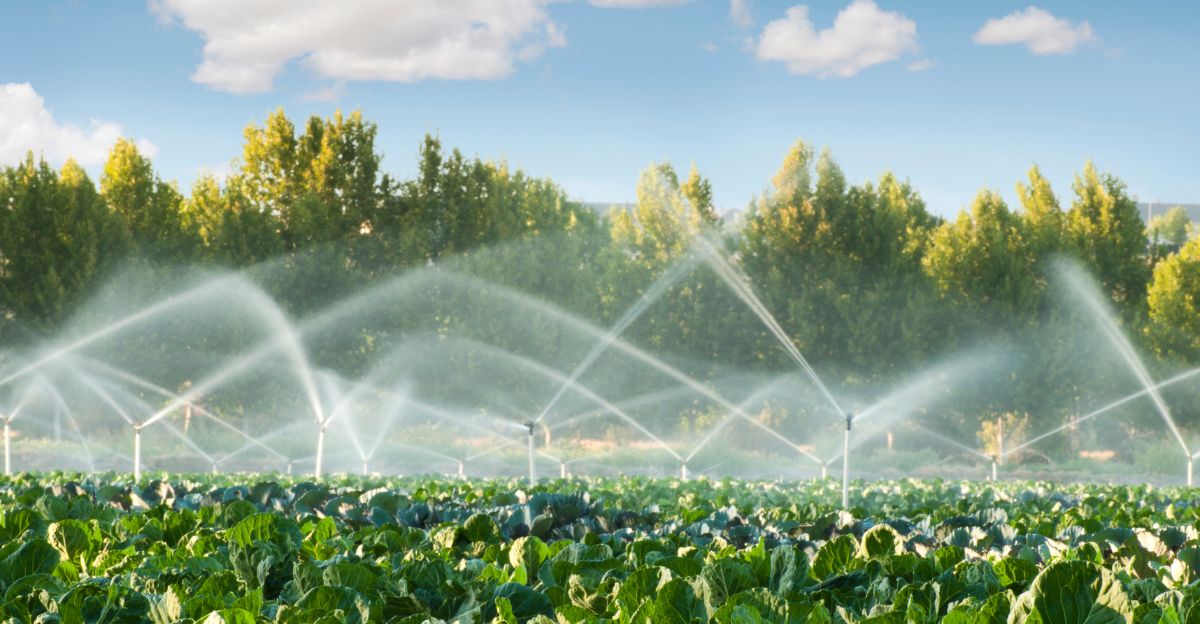
US agriculture’s overreliance on fossil fuels and artificial fertilizers aggravates the crisis. With decreasing export revenues, farmers face tough choices about whether to retain or abandon costly inputs.
Irrigation that guzzles water, soil degradation caused by salinization, and energy-intensive farming are more complex and challenging. This unsustainable energy and environmental price tag threatens long-term productivity, rendering the economic and ecological systems. The crisis betrays vulnerabilities in the whole farm system’s resilience.
Shifting Global Trade as South America Emerges In Soy Dominance
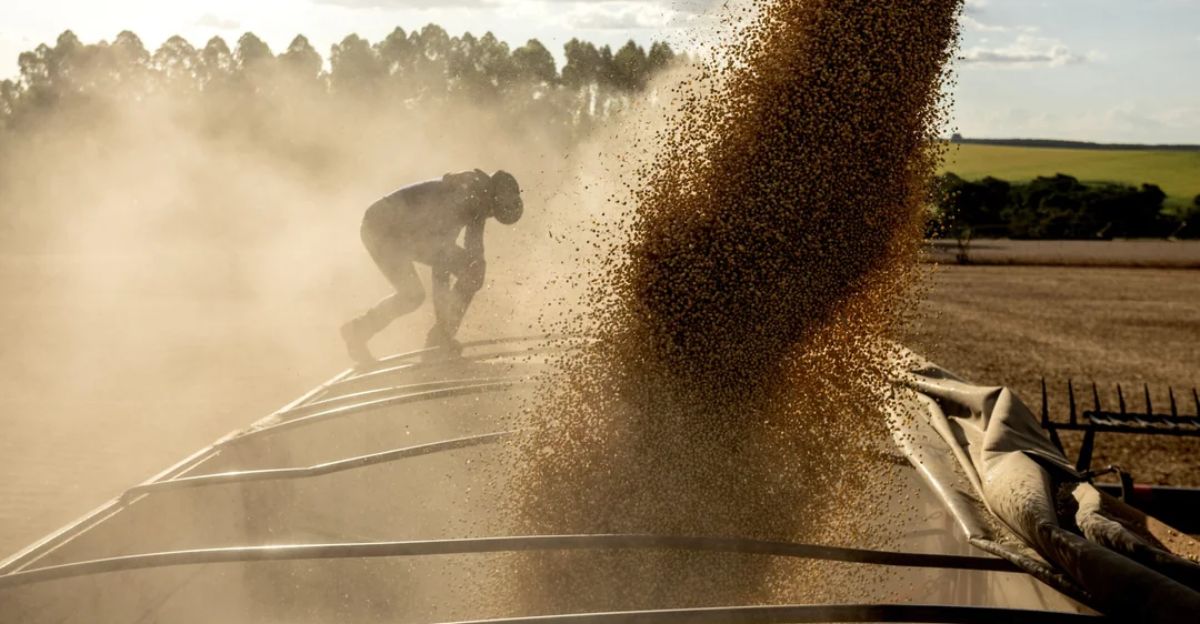
Brazil’s record soybean harvest and the duty-free access to China have redefined world soy markets. Brazil is cashing in on the US losses with an additional 20 million metric tons in exports available.
South America’s dominance is taking root, and the US attempts to find alternative markets, such as South Africa, are being foiled because they have raised domestic processing and production levels. The US is losing the global soybean derby, and the shift can be irreversible.
Finding Opportunity Within The Signs Of Economic Collapse
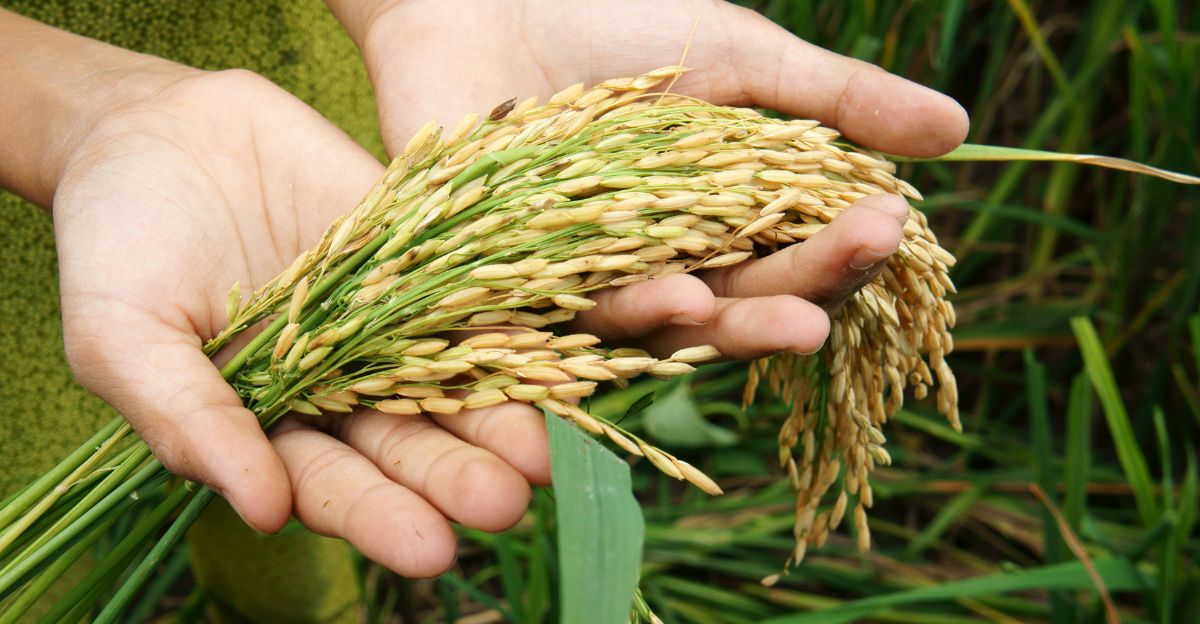
The collapse forces US agriculture to diversify and innovate. Reduced dependence on fragile export markets can spur investment in sustainable agriculture, crop diversity, and domestic food security.
This optimism is too optimistic, however, as it ignores the scale of economic shock and the lead time required for systemic change. Without a rapid policy response, the collapse has the potential to become a long depression, not a spur to change.
The Human Toll Of Crisis As Farmers Face Mounting Pressure

The emotional toll on farmers going into financial ruin is profound. Loss of identity, community disintegration, and despair fuel an agrarian mental health crisis.
That is the social dynamic that is too often overlooked but crucial; when farms fail, the social network and support system that underpin rural America do, too. The failure is not merely economic but, at its core, human, and it requires immediate attention above and beyond market fixes.
Learning From the Past Through Agricultural Crisis Comparisons
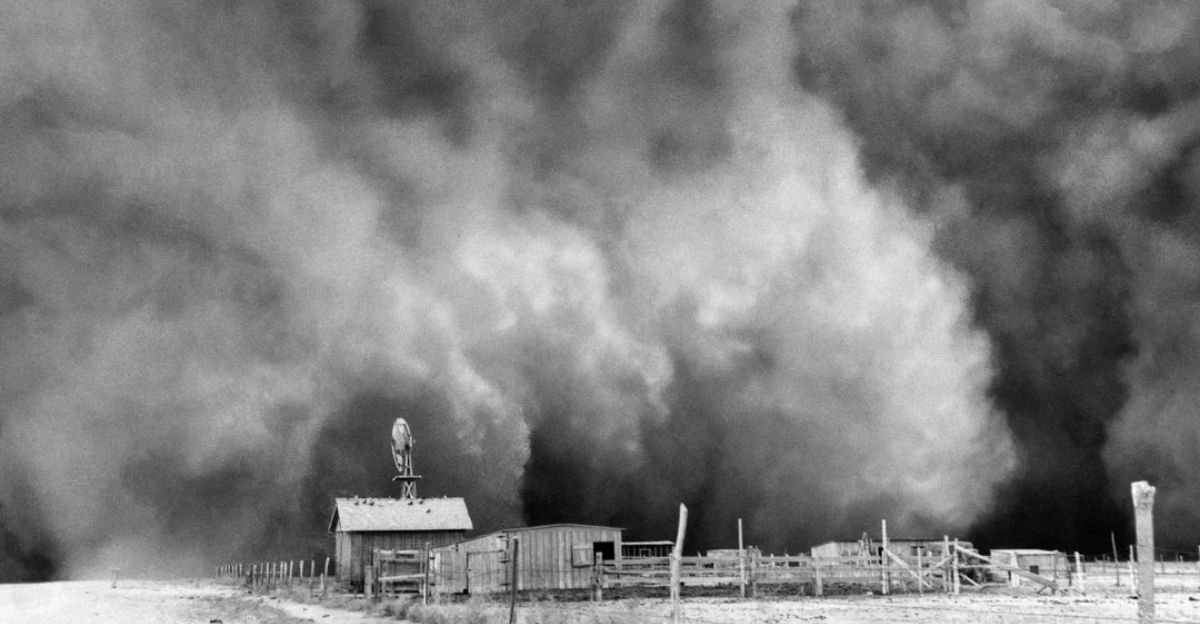
History confirms that agricultural collapses have triggered widespread social turmoil and economic reorganization. The 1930s Dust Bowl effectively dismantled the agrarian sector of the United States, resulting in mass migrations and a policy change.
The current breakdown in exports is a heedful omen of the pain the Dust Bowl unleashed, though not in a comparable world where the complexity of trade interdependence and geopolitical uncertainty matter more. The realizations about the similarities only intensify the need for strategic, multi-part measures to ensure we do not repeat the mistakes of history.
The Critical Moment To Intervene Before Breakdown Deepens
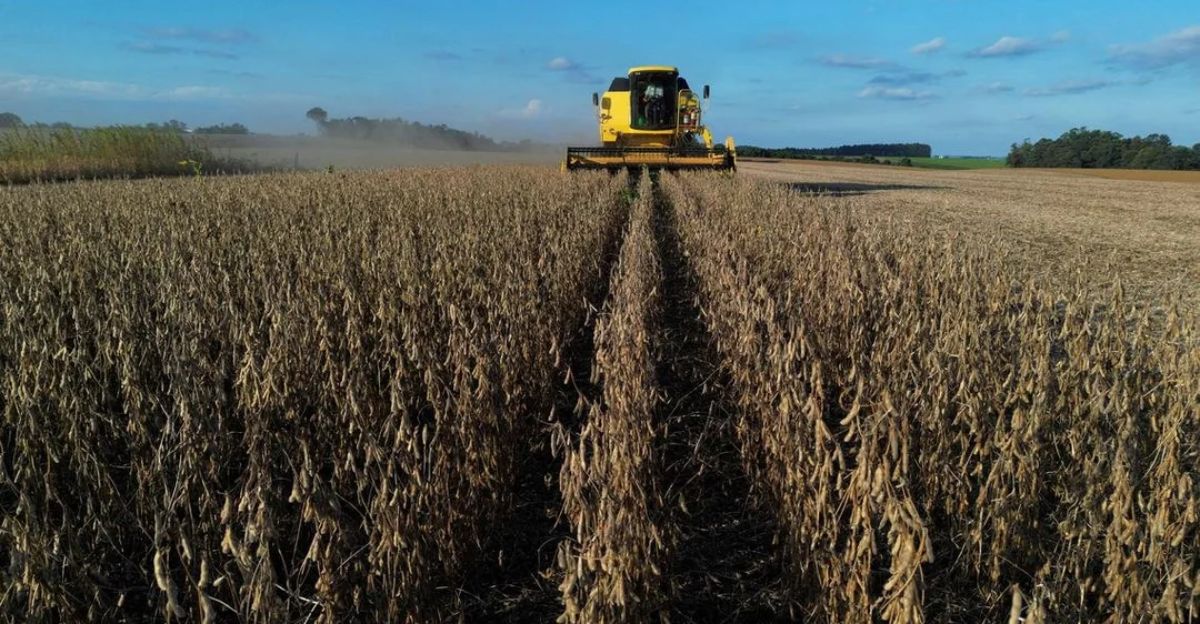
The disappearance of 88% of US soybean exports should ring alarm bells. It represents a failure of systems around trade, policy, and resilience. Sustained consequences also affect non-farmers globally and impair other areas of food security, rural economies, and national security.
We must act now to rework trade agreements, incentivize sustainable production, support rural communities, and rethink energy and environmental strategies. Without decisive action, the US would lose its title of agricultural superpower and witness a long-term failure with far-reaching consequences.
Discover more trending stories and Follow us to keep inspiration flowing to your feed!

Craving more home and lifestyle inspiration? Hit Follow to keep the creativity flowing, and let us know your thoughts in the comments below!
